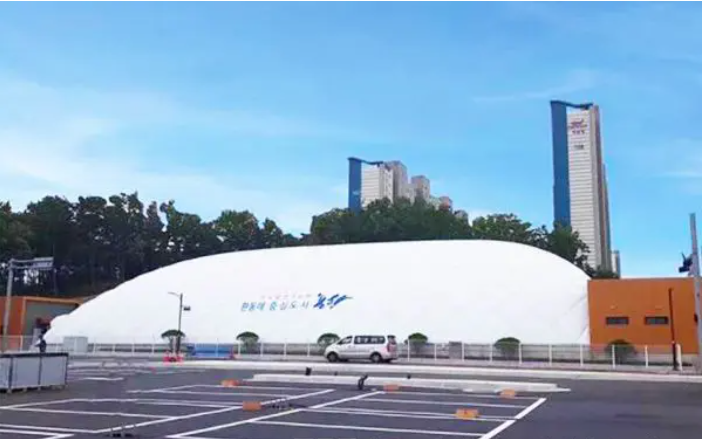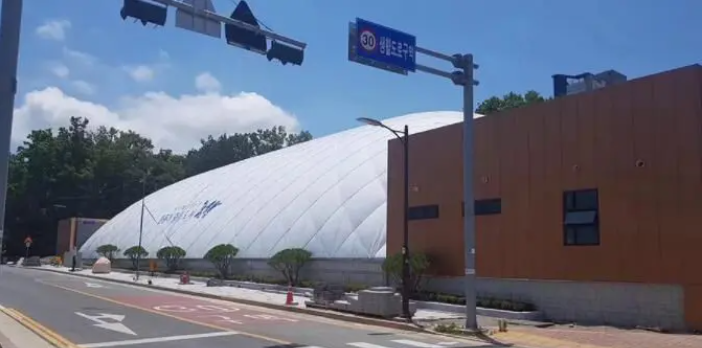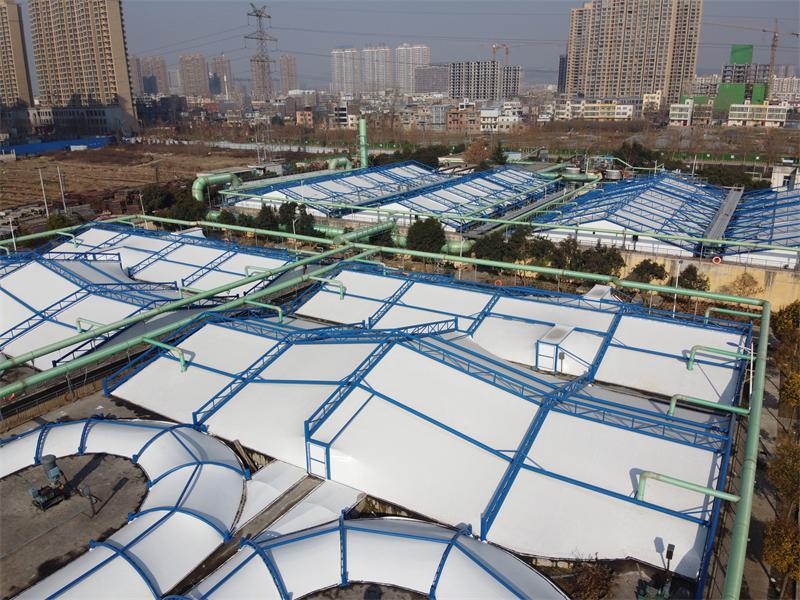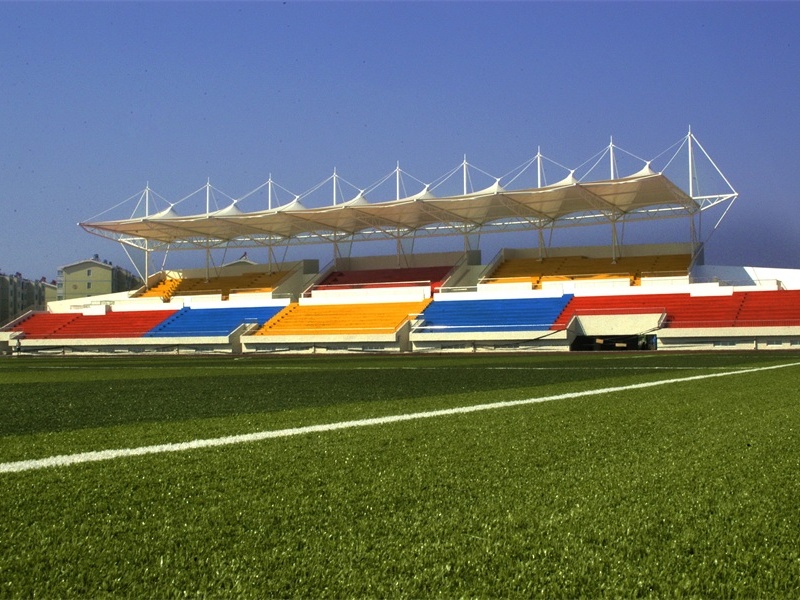In Pohang City, southeastern South Korea, a massive air-supported membrane structure resembling a white dome recently debuted. Designed and constructed by a Chinese enterprise, this innovative emergency facility carries the city’s hopes for safety with its lightweight form, injecting a "dose of reassurance" into this earthquake-battered region.

- The City’s Pain Under the Shadow of Earthquakes
On November 15, 2017, a 5.5-magnitude earthquake struck Pohang, followed by a 4.6-magnitude quake in February 2018 and 84 aftershocks. The disasters caused over 150 billion KRW in economic losses and left deep psychological scars—a collective "earthquake anxiety syndrome"—among residents. Local citizen Kim Mi-sun recalled, "During the quakes, my family had to take shelter in an open sports field. We struggled to stay warm in the freezing winter." As a vulnerable node along the Pacific Ring of Fire, Pohang’s government prioritized building safer emergency shelters, sparking a cross-border collaboration in disaster prevention technology.
- The Chinese Solution: Air-Supported Technology Reimagines Safe Spaces

In 2023, a 2,000-square-meter circular air-supported structure rose in downtown Pohang. This column-free, transparent dome utilizes air-supported technology to form a self-sustaining structure. Even under strong seismic forces, it avoids secondary injuries from falling debris. Equipped with emergency exits on all sides and logistics channels, the facility can shelter 500 people, providing basic survival systems for heating, lighting, and ventilation.
"The lightweight nature of the membrane grants it far superior seismic resistance than traditional buildings, and it can be erected within 72 hours," explained the project’s technical lead. More impressively, the facility doubles as a community sports center during non-emergency periods. Through detachable functional modules, it achieves "dual-use for both normal and disaster times," significantly enhancing public infrastructure efficiency.
- From Anxiety to Relief: The Healing Power of Architecture

On the day of its inauguration, Pohang Mayor Lee Kang-deok personally tested the structure’s pressure resistance. He remarked, "When I saw this building remain unshaken during simulated earthquakes, I heard the sound of citizens rebuilding their sense of security." Monitoring data shows that noise levels inside stay below 45 decibels, with air pressure stability meeting medical-grade cleanroom standards—utterly颠覆ing the stereotype of shelters as "crude and crowded."
Citizen Choi In-cheol, who visited with his children, shared, "Knowing such a sturdy ‘protective shield’ exists in our city, I no longer wake up from nightmares at night." South Korea’s JoongAng Ilbo praised the structure as "both a physical barrier and a spiritual ark healing societal trauma."
- The Revolution in Disaster Prevention: The Global Enlightenment of Air Film Technology
The Pohang case highlights the multifaceted value of air-supported technology in emergency response:
- Rapid Deployment: Modular construction adapts to post-disaster rescue timelines.
- Functional Flexibility: Space reconfiguration allows compatibility with medical aid, storage, and command functions.
- Cost Efficiency: Construction costs are one-third of traditional shelters, with operational energy use reduced by 60%.
- Eco-Friendliness: Membrane materials boast 95% recyclability, aligning with sustainable development.
As a United Nations disaster reduction expert noted, "This technology offers a replicable template for seismic cities." Countries like Japan and Indonesia have already launched similar feasibility studies, as Chinese innovation reshapes global disaster response systems through technological prowess.





